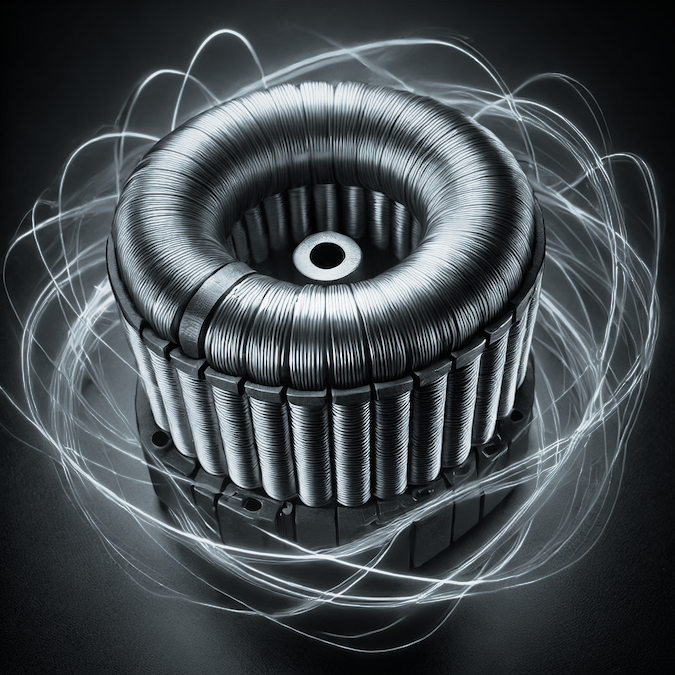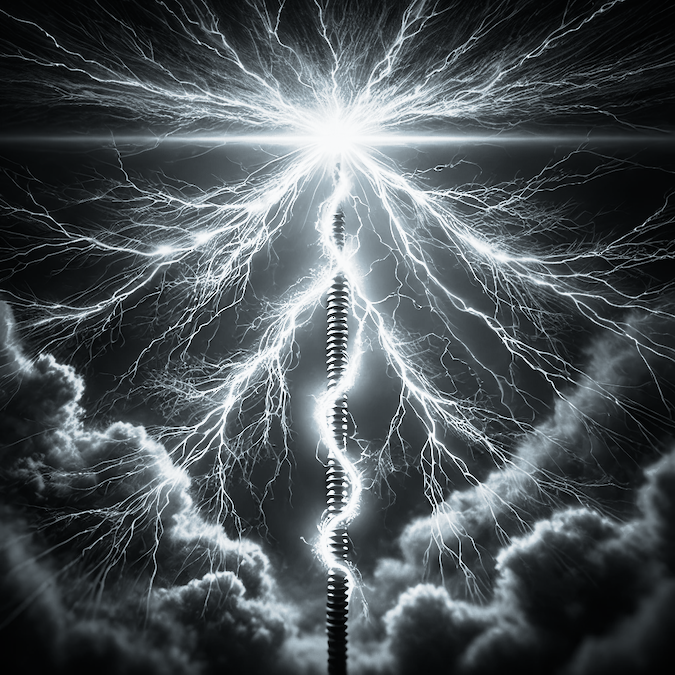
Electromagnetic Induction: Faraday’s Law in Action
Electromagnetic induction lies at the heart of electrical power generation and many essential devices. Faraday’s Law tells us how changing magnetic fields create electric fields, and this principle revolutionized technology—from the first electric generators to today’s global power grids.
Faraday’s Law of Induction
In integral form, Faraday’s Law states:
$$ \mathcal{E} = -\frac{d\Phi_B}{dt} $$
Where:
-
$(\mathcal{E})$ is the electromotive force (EMF).
-
$(\Phi_B = \int \mathbf{B} \cdot d\mathbf{A})$ is the magnetic flux through a surface.
-
Negative sign: Indicates Lenz’s Law—an induced current flows in a direction that opposes the change in magnetic flux.
Lenz’s Law and Energy Conservation
Lenz’s Law is a manifestation of energy conservation. When a magnetic flux changes, the induced current creates a magnetic field opposing the change, preventing any “free” energy creation.
Practical Implementations
- Generators:
Rotating a coil in a magnetic field changes the flux, inducing an AC voltage. - Transformers:
An alternating current in the primary coil creates a time-varying magnetic field, inducing voltage in the secondary coil. This underpins efficient power transmission. - Inductive Charging:
Changing magnetic fields can transfer energy wirelessly to nearby coils (e.g., wireless phone chargers).
Self-Inductance and Mutual Inductance
- Self-Inductance (L): A coil’s ability to induce voltage in itself when the current changes.
- Mutual Inductance (M): The ability of one coil to induce voltage in another coil when current changes.
Reminder: The direction of induced voltage is always such that it tries to oppose the cause of the flux change (Lenz’s Law).
Eddy Currents
When a conductor experiences a changing magnetic field, currents can swirl within it. These eddy currents:
- Can cause heating (used in induction cooktops).
- Are sometimes harnessed for braking systems in trains or roller coasters.
- Are minimized in transformers via laminated cores to reduce energy losses.
Conclusion
Faraday’s Law is a cornerstone of electromagnetism that explains how a changing magnetic environment generates electric fields. This principle has enabled humanity to produce and manage electrical power on massive scales, making it a fundamental driver of modern civilization. From practical devices like transformers and motors to cutting-edge wireless chargers, Faraday’s Law continues to shape innovation in numerous fields.


